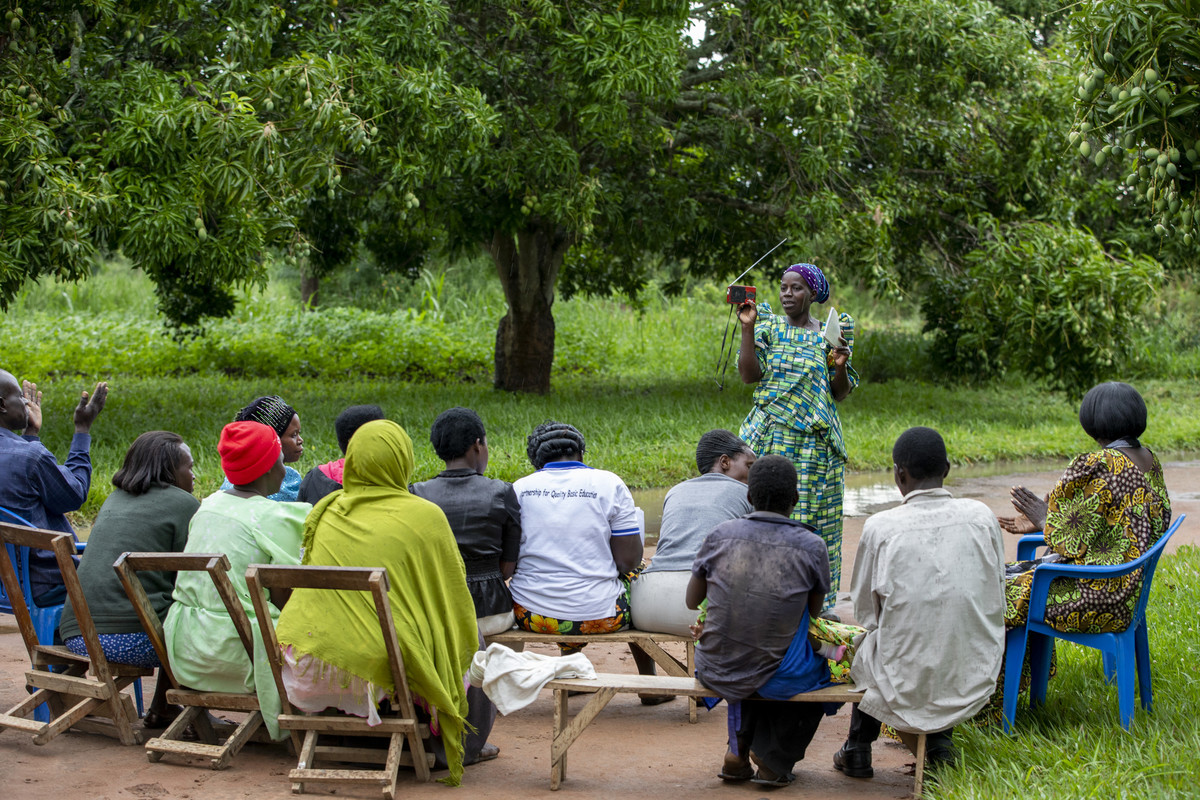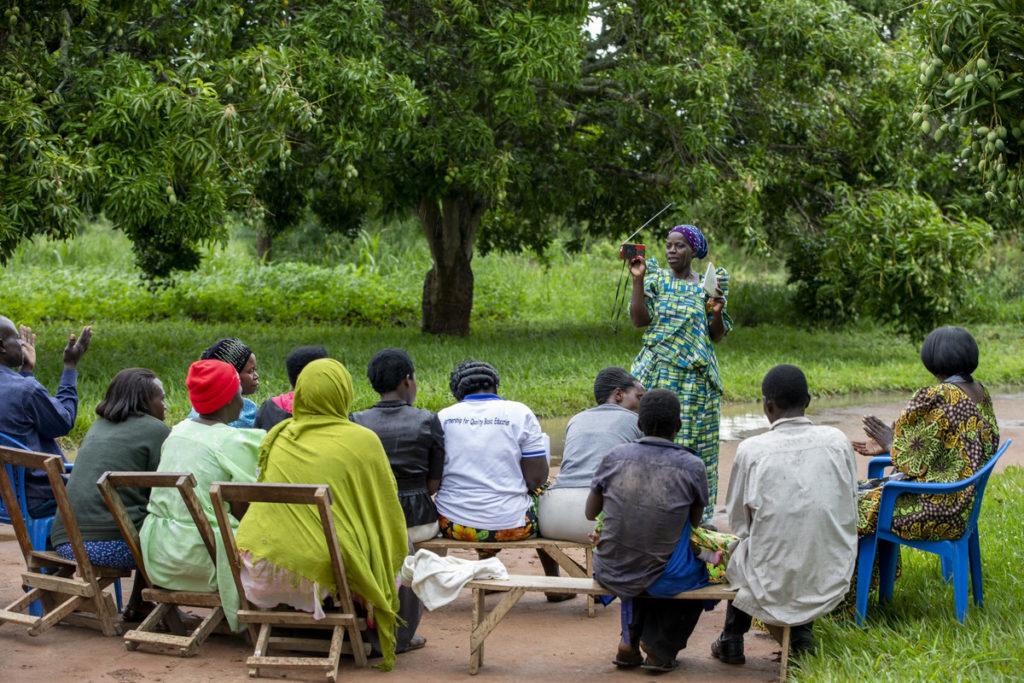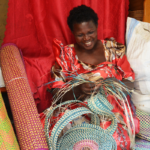Introduction
A rights-based approach to public health and research calls for the elevation of clients and participants as experts. A rights-based approach to public health and research calls for the elevation of clients and participants as experts.
Where clinical trials are concerned, this approach demonstrates respect for the human rights of participants who volunteer for clinical research studies. In this post, we share our experience utilizing engagement activities among trial participants to promote study ownership and understanding as well as increase support for and use of an investigational product.
Methods
The full study team took a multipronged approach to engaging participants that included… a series of what we called “Participant Engagement Activities” (PEAs).
MTN-020/A Study to Prevent Infection with a Ring for Extended Use (ASPIRE), a randomized placebo-controlled trial conducted in Malawi, Uganda, South Africa, and Zimbabwe, enrolled 2,629 individuals assigned female at birth to determine the effectiveness of the dapivirine vaginal ring for HIV prevention. Trial participants were requested to attend monthly clinic visits and wear a vaginal ring for an entire month, switching to a new ring at each visit. The full study team took a multipronged approach to engaging participants that included individualized, motivational counseling, community education, special attention to improving the quality of study visits, as well as a series of what we called “Participant Engagement Activities” (PEAs).
All ASPIRE trial sites were required to implement PEAs but were supported and encouraged to tailor their events to participant priorities and local context. Sites were highly creative with their events – conducting ring-themed tea parties, movie nights, sporting events, and savings clubs in addition to events specifically focused on the study and adherence to the ring. PEAs also provided an opportunity for participants to give feedback to study staff, and even included couples’ events to build support for the study and the ring among participants’ male partners.
Trial sites reported attendance at PEAs, tracking attendees by participant ID numbers (PTIDs) and submitting reports to the study management team monthly. Participants were also asked to self-report their attendance – and their partners’ attendance – at these events when they exited the study. We used a regression analysis… to determine whether there was an association between event attendance and estimated adherence to the ring.
A subset of participants also provided qualitative feedback about their PEA experience during in-depth interviews and focus groups. Ring adherence was estimated using the amount of study drug remaining in the last ring returned by participants, as a proxy indicator for persistent adherence throughout the study. We used a regression analysis—controlling for participant demographic characteristics and time spent on the study—to determine whether there was an association between event attendance and estimated adherence to the ring. This analysis was supplemented using quotes identified through a thematic examination of the interview and focus group data.
Findings
Our analysis of the correlation between study product adherence and attendance at PEAs revealed a significant relationship between attendance at events and adherence.
During ASPIRE, 389 PEAs were conducted. Event attendance was quite high, with most participants (87.9 percent) attending at least one event. A majority of events (64.5 percent) dealt directly with adherence, while a smaller proportion of events engaged male partners (8.7 percent) or couples (5.7 percent). Feedback provided by participants during interviews and focus groups was mainly positive – they reported an increase in trust of the study product, improved relationships with each other and the study staff, a greater understanding of their role as volunteers, and a commitment to achieving the goals of the study. The few negative comments made about PEAs were related to scheduling conflicts and participant disappointment when they were unable to attend.
Our analysis of the correlation between study product adherence and attendance at PEAs revealed a significant relationship between attendance at events and adherence. In fact, the final rings returned by participants who attended at least one event were 40 percent more likely to show at least some use than rings returned by participants who did not attend a PEA; rings from participants who attended two or more events were 52 percent more likely to show some use.
Implications
Creative efforts to increase participant or client ownership may improve adherence to treatments or continuation.
Although our analysis does not prove a direct causation between study product use and attendance at PEAs, our experience suggests that PEAs are an effective and efficient way to increase participant ownership of research and commitment to using the study product. We learned that bringing participants and study staff together beyond the clinic setting may increase trust and break down barriers and power imbalances between staff and volunteers – with the possibility for improving study outcomes.
Our experience also highlights a potential opportunity for public health and development projects; creative efforts to increase participant or client ownership may improve adherence to treatments or continuation and effective use of preventive care. PEAs were relatively low cost, relying mainly on the social capital built when collaboration increased between participants and staff.
Beyond adherence and continuation, the PEA approach may also enhance program implementation and participation through empowering study participants to share feedback and contribute to improving their experience. ASPIRE participants frequently mentioned that having the opportunity to share their experiences and feedback with study staff and seeing their concerns addressed helped them understand that their contributions mattered. Program implementers who are already meaningfully engaging their community members as leaders can enhance these efforts by bringing all clients and participants into the fold through similar events.
Our experience adds to a growing toolbox of effective ways to engage clients and participants and reduce hierarchies that can leave individuals feeling disempowered or unheard.
Photo credit: Jessica Scranton/FHI 360
Sharing is caring!




